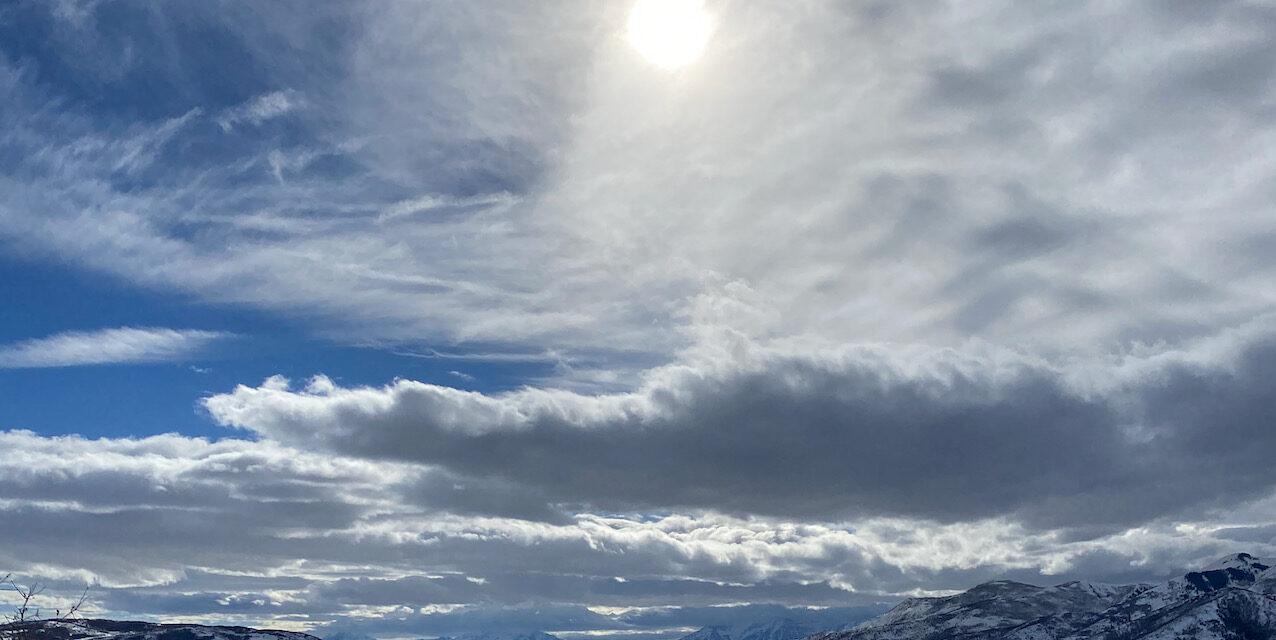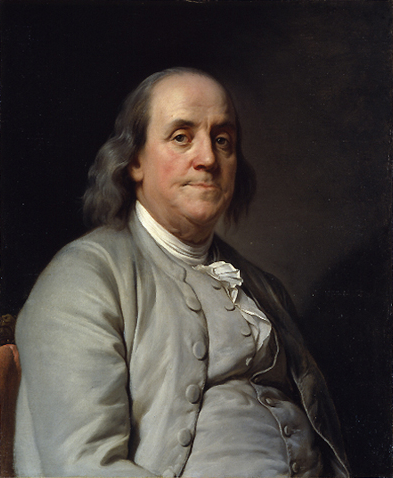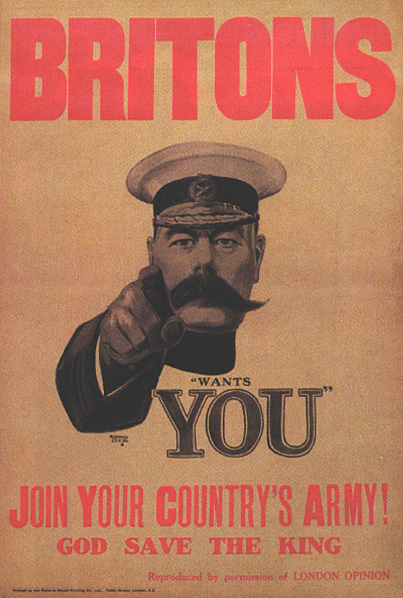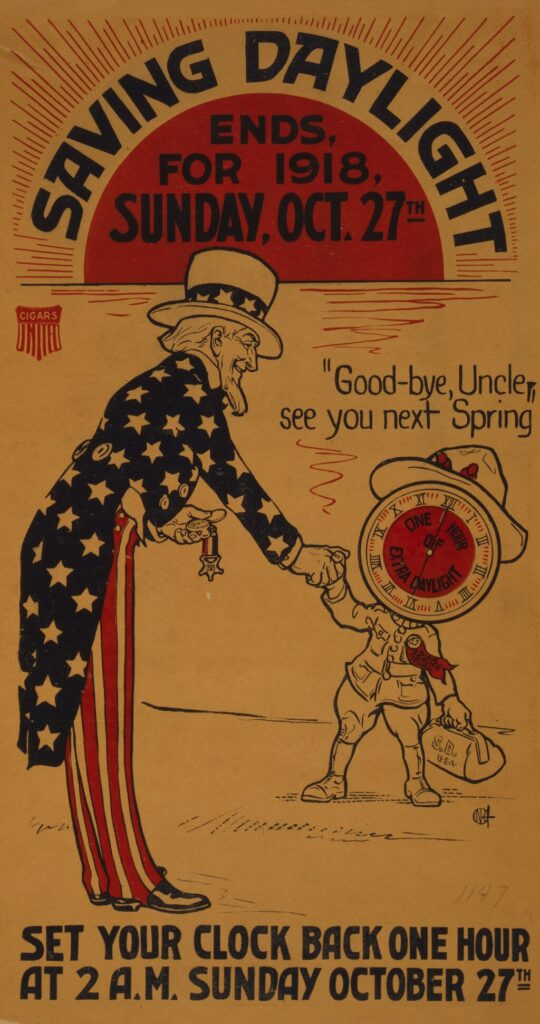Benjamin Franklin jokes about more daylight.
We can’t say that Ben Franklin started this either because his idea was not for you and me to get up in the dark and work. He was “early to bed, early to rise, makes a man healthy wealthy and wise.” He got this idea because the Parisians partied all night, using candlelight, and then slept ’til noon, wasting good sunlight. Franklin just wanted these crazy party people to rise and shine with the sunshine. I like that idea. In fact, he was joking in a newspaper article about changing the time.
He proposed that the people of Paris (who slept til noon) should arise earlier to take advantage of the “free” daylight. This would save money in candles. He also proposed that as soon as the sun rises, church bells go off, and then if that is not enough, a cannon too. A tax be laid on every house with shutters to keep the light out, candles rationed to one pound per family…“Oblige a man to rise at four in the morning, and it is probable he will go willingly to bed at eight in the evening.” Later, he noted in his autobiography, “I observed there was not one shop open tho it had been daylight and the sun up above three hours — the inhabitants of London choosing voluntarily to live much by candlelight and sleep by sunshine, and yet often complaining a little absurdly of the duty on candles and the high price of tallow.” Other theories of how it began – Bugs and War
An entomologist wants more daylight to study bugs.
A New Zealand entomologist — a bug collector may have instigated daylight saving time. He wanted a two-hour shift in 1895 — to study more bugs. Odd request.
Britain considers the addition of War Time.
In 1908, an Englishman presented this idea to the House of Commons, but nobody liked it until World War I when some countries adopted it in 1916. It’s really called “War Time.” Great.
The US Adopts War Time
In 1918, the U.S. established a daylight-saving time for seven months during World War I. Once the war was over, the national law was dropped and daylight-saving time became a local option.
In 1942, during World War II, President Franklin Roosevelt ordered a year-round daylight-saving time, called “War Time,” which ran for three years.
Timeline of Daylight Saving Time
1944: For the next two decades, there is no national law. States and jurisdictions can choose whether to observe daylight-saving time and when to begin and end it.
1966: Congress passes the Uniform Time Act of 1966, establishing a beginning and end date for daylight-saving time, but leaves it up to local jurisdictions to decide whether to use it.
1973: Congress enacts the Emergency Daylight Saving Time Energy Conservation Act in response to the Arab oil embargo. Daylight-saving time is extended to eight months rather than the normal six. The Department of Transportation says the equivalent of 100,000 barrels of oil each day was saved.
1986: Daylight saving is moved from the last Sunday of April to the first Sunday of April. The end date is left the same.
1987: Chile delays its time change by one day to accommodate a papal visit.
2005: Congress passes the Energy Act of 2005 which starts daylight-saving time one month earlier in the spring and extends it one week later in the fall, beginning in 2007. (timeline of daylight saving time)
I suppose we will all feel good in a month. However studies show there is an increase of heart attacks in the first few weeks of “Spring Forward.” So don’t stress out. Go to bed when it is light. Sure.





